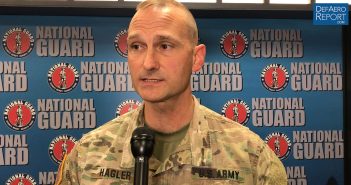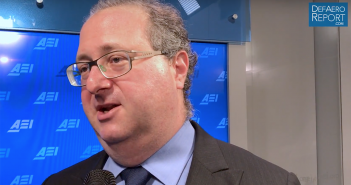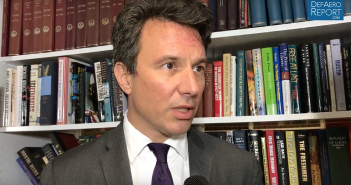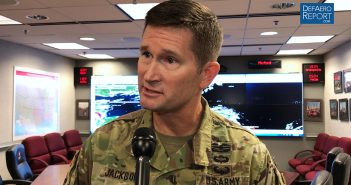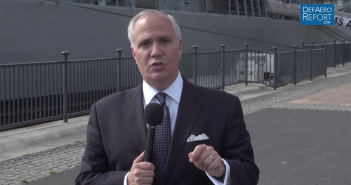
Defense & Aerospace Report Goes to DSEI 2017
Defense & Aerospace Report Editor Vago Muradian previews our coverage of the 2017 Defense and Security Equipment International (DSEI) conference and trade show from on location at ExCeL London. Defense & Aerospace Report is covering the event in partnership with DSEI and Clarion Events.

![Defense & Aerospace Business Report [September 11, 2017]](https://defaeroreport.com/wp-content/uploads/2017/06/PodcastTile-1-351x185.gif)

